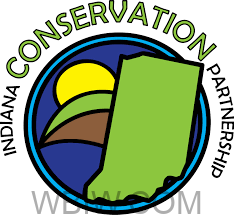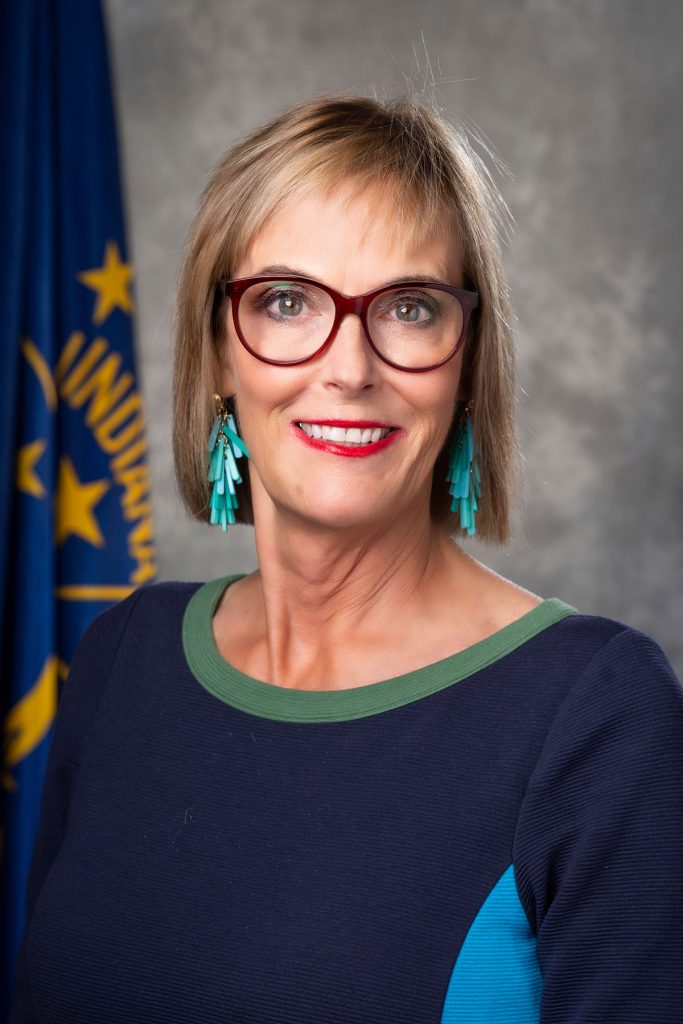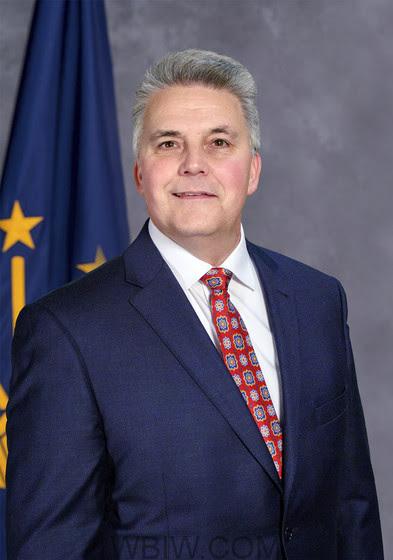
INDIANA – The Indiana Conservation Partnership (ICP) announced its 2021 soil health and water quality accomplishments. The ICP works with Hoosier landowners to provide technical or financial assistance for the implementation of conservation projects. In 2021, landowners supported by the ICP installed more than 31,500 new conservation practices.

“Agriculture is big business in Indiana! Those words have always stood true, from the formation of our state to today,” said Lt. Gov. Suzanne Crouch, Secretary of Agriculture for the State of Indiana. “I commend each of our Hoosier farmers and landowners who year after a year break conservation records and ensure agriculture will continue to be a driving force in our state for many generations.”
The Indiana Conservation Partnership report showed that over the last year landowners helped prevent nearly one million tons of sediment, over 1.9 million pounds of nitrogen, and 991,446 pounds of phosphorus from entering Indiana waterways. Cover crops and no-till practices implemented with ICP’s assistance sequestered an estimated 42,000 tons of soil organic carbon, which is the equivalent to the carbon emissions of more than 30,000 cars.
While the term conservation practices can mean many things, in Indiana, some of our most common conservation best management practices are cover crops, nutrient management, residue and tillage management, conservation cover, early successional habitat development/management, and grassed waterways.
Over the last several years, data shows Hoosier farmers and landowners strive to improve their conservation of soil and increase water quality year over year. The table below shows Indiana’s living cover acres and best management practices installed since 2016.
| Year | Living Cover Acres | Best Management Practices Installed |
| 2016 | 1,180,000 | 17,970 |
| 2017 | 1,020,000 | 19,295 |
| 2018 | 1,080,000 | 22,338 |
| 2019 | 950,000 | 26,436 |
| 2020 | 1,590,000* | 32,229 |
| 2021 | Data is currently being collected and will be released in summer of 2022 | 31,505 |

“Despite the ongoing challenges we are facing with extreme weather patterns, a growing population, and natural resource concerns, our farmers were still able to implement an impressive 31,000+ conservation practices throughout Indiana with the assistance of our conservation team,” said Indiana Natural Resources Conservation Service (NRCS) State Conservationist Jerry Raynor. “It’s partnerships like this that are the driving force behind great stewardship efforts. We look forward to continuing our collaborative conservation efforts and strengthening our commitment to the environment to best serve the needs of our producers.”
ISDA Director Bruce Kettler is proud of the achievements of our Hoosier farmers and landowners.

“The conservation practices installed each year are outstanding, but soil conservation and water quality initiatives of this magnitude wouldn’t be possible without the landowners and farmers who assist and allow these practices to be implemented,” said Kettler.
The ICP is made up of public and non-profit groups, along with landowners, that work together for the betterment of soil health and water quality. ICP organizations include the Indiana Association of Soil and Water Conservation Districts, Indiana Department of Environmental Management, Indiana Department of Natural Resources, ISDA, Indiana State Soil Conservation Board, Purdue Extension, USDA-Farm Service Agency, and USDA-Natural Resources Conservation Service.
The Indiana Conservation Partnership is a crucial part of Indiana’s Nutrient Reduction Strategy, this illustrates the continued success and challenges of conservation and serves as a tool to help set watershed priorities and reduction targets, manage conservation resources, and further stakeholder involvement across Indiana.
To find more information on soil and water conservation in Indiana, soil and carbon sequestration, soil conservation trends, Indiana’s work in our three water basins, or partnerships between other states in the full report, click here or visit isda.in.gov.
*As conservation work has changed over time, the conservation survey has been modified to better measure current conservation goals. At its inception, the transect was designed to measure tillage and residue cover. In 2011 the survey efforts were expanded to include collecting data on cover crops. In 2014, a second fall survey was started as a specific effort to measure cover crops. In 2020, the timing and collection categories were adjusted to further fit the effort to measure cover crops. Click here to learn more.



